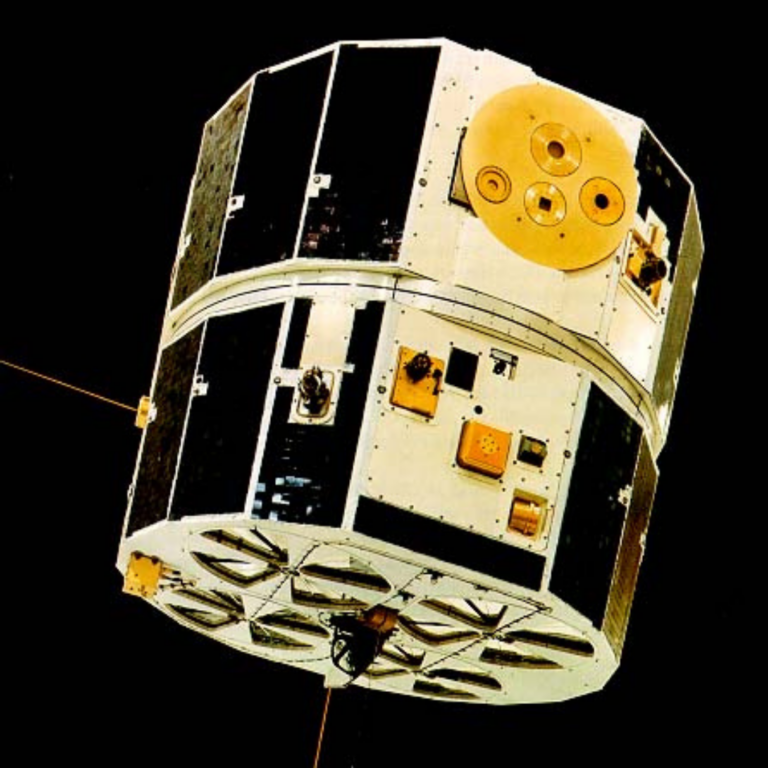AE-C & D
Atmosphere Explorer-C & D
Explored Earth's energy transfer

The Atmosphere Explorer (AE) -C and D missions were part of a NASA scientific satellite series launched in the 1970s. The purpose of the AE-C mission was to investigate the thermosphere, with emphasis on the energy transfer and processes that govern its state. The purpose of the AE-D mission was to continue the investigation begun by AE-C of the chemical processes and energy transfer mechanisms that control the structure and behavior of the Earth’s atmosphere and ionosphere in the region of high absorption of solar energy. This mission was planned to sample the high latitude regions at the same time that the AE-E mission was sampling the equatorial and low latitude regions. Unfortunately, a failure in the solar power panels of the AE-D mission resulted in the termination of operations on January 29, 1976, after slightly less than 4 months of useful life. To continue the correlated observations with the AE-E mission, AE-C was reactivated on February 28, 1976, to replace AE-D.
Mission Class:
Mission Status:
LASP Roles:
Science Target:
Mission Focus:

Launch date: December 16, 1973 (AE-C); October 6, 1975 (AE-D)
Mission duration: 5 years (AE-C); 6 months (AE-D)
Decommissioned Date: December 12, 1978 (AE-C); January 29, 1976 (AE-D)
Lead Institution: NASA Earth Science
Partners: NASA Goddard Space Flight Center, Johns Hopkins University/Applied Physics Laboratory, University of Texas Dallas, Phillips Laboratory, University of Minnesota, University of Michigan, Aerospace Corporation
